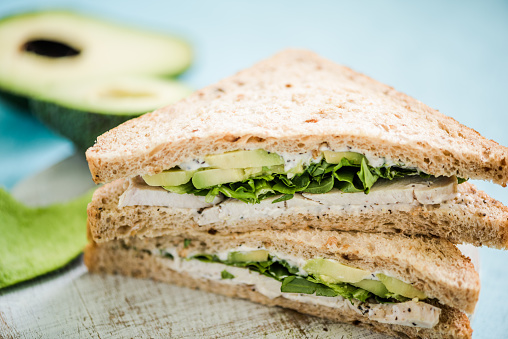What’s the Difference between Brown and White Eggs?
Article posted in: Diet & Nutrition
Not much, it turns out, except for the breed of the birds that lay them. Brown eggs come from red-feathered hens with red ear lobes; hens with white feathers and white lobes lay white eggs. The nutrient content is the same for both; the only reason brown eggs sometimes cost more is because hen with red feathers tend to be larger, so they require more feed.
There’s no nutritional difference between grades either: U.S. Grade AA eggs have whites that are thick and firm, high and round yolks, and clean, unbroken shells, according to the USDA. Grade A eggs have the same characteristics, except the whites are “reasonably” firm. Grade B you won’t see so much in supermarkets; though they are just as wholesome, their whites are thinner and yolks flatter so they are more often used to make liquid, frozen or dried egg products.
Whichever shell color and grade level you choose, feel free to eat the whole egg—white and yolk. That little, yellow center is a nutritional powerhouse: It’s a good source of choline (a nutrient important for good cell function), contains two antioxidants that help keep your eyes healthy, and is one of the few foods sources of vitamin D. Most importantly, eggs are packed with high-quality protein, which can strengthen your immune system and keep you feeling fuller, longer. One large egg counts as one PowerFuel for those following the Nutrisystem program.
Some healthy ways to get eggs in your diet: Scramble them into a breakfast burrito, slice a hard-boiled egg over your salad (learn how to hardboil an egg the right way here), or try one of these (forgive the pun!) egg-cellent recipes:
1. Skinny Avocado Egg Salad Sandwich


3. Not-So-Devilish Deviled Eggs










